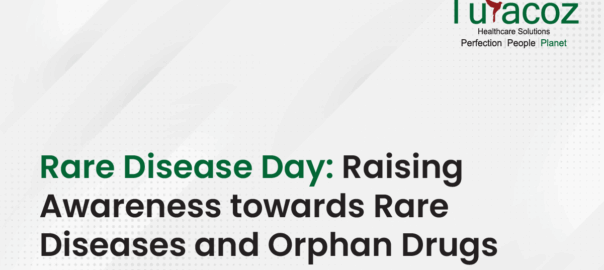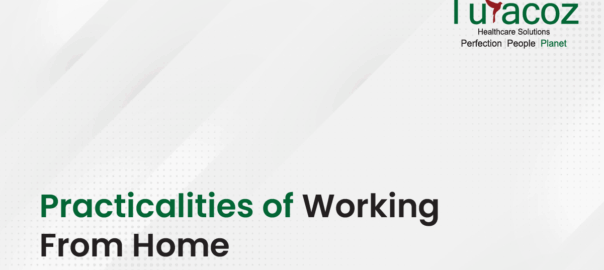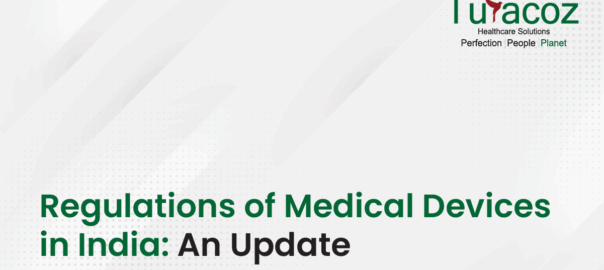Introduction
Drug regulations can be defined as the overall control of drug by following rules and regulations which are enforced by the government to protect the health and well-being of humans. They are crucial for ensuring high quality of the drug by confirming its efficacy, safety and quality. Every country has its own regulatory authorities such as the United States Food and Drug Administration (US-FDA for US), the European Medicines Agency (EMA for Europe) and Therapeutic Products Directorate (TPD for Canada which frame the regulatory requirements for development, approval, manufacturing and marketing of the drugs.
Regulations for Drug Approval in United States
USA is the main regulatory agency in the world and hence, it has the strictest standards for approving a new drug in US market. The regulator y authority of US, i.e., USFDA, is responsible for the safety regulation of the food and drug products in US. The drug approval process in US includes filing of Investigational New Drug (IND) application followed by New Drug Application (NDA).
Investigational New Drug Application
Once the drug is found to be safe, as per the reports of the preclinical trails, IND application (IND) is filed to the FDA to start the clinical trials or Phase I trial. The sponsor appointed by the firm or institution is responsible for submitting the IND application to the FDA for which a pre-IND meeting with FDA may be arranged in order to discuss the intended protocol for conducting the trial. The sponsor also provides information related to the chemistry, manufacturing details and quality control of the investigational drug.
New Drug Application (NDA)
After completion of all the clinical trials (i.e. Phase I, II and III trials), if the studies confirm the safety and effectiveness of the investigational drug, the manufacturer can file a New Drug Application (NDA) to the FDA for manufacturing and selling the drug in the US market.
Regulations for Drug Approval in Europe
The regulatory authority of the Europe, i.e., EMA, is responsible for the safety of the public in Europe. Prior to approval for marketing in EU, the applicant has to follow two regulatory steps mentioned below:
- Clinical trial application
- Marketing authorization application (MAA)
Clinical Trial Application
In Europe, the drug can be approved by four types of procedures depending upon the drug class and preference of the manufacturer. The four procedures are presented in Figure 1
Figure 1: Drug approval procedures followed in Europe
Marketing Authorization Application
The MAA is an application which is submitted by a drug manufacturer to the EMA in order to seek permission to market a developed drug product in Europe. MAA is approved at both, the state or centralized levels while the clinical trial application is approved at the state level only.
Regulations for Drug Approval in Canada
Therapeutic Products Directorate (TPD) is Health Canada’s federal authority which regulates the drugs and medical devices in Canada for human use. The applicant must present the scientific evidence on the product’s safety, effectiveness, and quality to the directorate in order to obtain permission to sell a drug product.
The Canada’s system of regulating a drug is quite similar to US. If an applicant wants to get marketing authorization in Canada then a new drug submission (NDS) must be compiled with clinical trial information and details of production, packaging, labelling, conditions for use and side effects must be submitted to TPD. Post-submission, it undergoes administrative screening to check the completeness of the document with appropriate format followed by review and assessment of safety, efficacy and quality. The TPD then evaluates the submission and communicates the deficiencies of the NDS to the sponsor to resolve them. After all the issues have been resolved, TPD issues a notice of compliance (NOC).
Turacoz Healthcare Solutions (THS) provides end-to-end regulatory writing support for clinical trials which includes Prescribing Information (PI), Investigator Brochures (IBs), Protocols, Clinical Study Reports (CSRs), Clinical Evaluation Reposts (CERs) and Common Technical Documents (CTDs).






















